It may not seem like it but automatic small cars are becoming increasingly popular. There are some interesting data points to show this.
According to Statista, the market for small cars is projected to reach $143 billion in 2025, with an annual growth rate (CAGR) of 2.01% from 2025 to 2029. We know that a majority of these cars are automatic since automatic transmissions are more prevalent in countries like the US, Canada, and Japan, where they dominate the market.
By 2029, sales of small cars are expected to hit 9.4 million vehicles worldwide. The average price of small cars in 2025 is estimated to be around $16,000, which makes you wonder why models like the Fiat 500 have to beg for attention here. China is anticipated to generate the highest revenue in this segment, approximately $30 billion in 2025.
This class of cars are favored for their affordability, fuel efficiency, and compact size, especially in urban areas. Automatic models offer ease of use, making driving more comfortable, especially in traffic-heavy areas. Their increased popularity is due, in part, to the growing number of drivers who prioritize convenience and ease over the manual experience.
Moreover, advancements in automatic transmission technology have led to improved fuel efficiency and performance, breaking the old stereotype that manual cars are always better in these aspects.
For those on the lookout for a small automatic car, especially the efficient and budget-friendly types, this article presents some of the best small automatic cars to consider. It has something for searchers eyeing a new model or the cheapest second-hand automatic cars.
See also:
What Qualifies As A Small Car?

Smart EQ ForTwo / Photo Credit: Alexander Migi via Wikimedia.
The term "small car" varies by context, but generally, it refers to vehicles that are compact in size, designed for efficiency, and ideal for urban environments. Here are some common classifications:
- Microcars: The smallest category, often with engines under 700cc, like the Peel P50 or Smart Fortwo.
- Subcompact Cars: Slightly larger than microcars, with an interior volume of around 85-99 cubic feet. Examples include the Honda Fit and Toyota Yaris.
- Compact Cars: Larger than subcompacts, with an interior volume of 100-109 cubic feet. Examples include the Toyota Corolla and Volkswagen Golf.
In some regions, small cars are defined by their engine displacement, dimensions, or even registration categories. For instance, in Japan, "small size passenger vehicles" fall between kei cars and regular cars.
Why Choose An Automatic Car?

Photo Credit: Jean-Philippe Delbarghe/ Unsplash.
Automatic cars are designed to make driving simpler. With no need to manually change gears, you can enjoy a more stress-free drive. This feature is particularly beneficial for those who drive in congested city traffic or have long commutes.
The convenience of automatic transmission reduces the stress associated with constant gear shifting, which can be particularly taxing during rush hours or on long-distance journeys.
Moreover, automatic cars can be a boon for new drivers who are still getting used to the roads. The simplicity of operation allows them to focus more on learning road rules and gaining driving confidence rather than worrying about gear changes.
Additionally, for those with physical limitations that make manual driving difficult, automatic cars provide a more accessible driving option. As technology continues to evolve, automatic transmissions are becoming more refined, offering better performance and efficiency than ever before.
Benefits of Automatic Transmission
- Ease of Use: Automatic transmission reduces driver fatigue by eliminating the need for frequent gear changes. This is especially true during long drives or in urban environments where stop-and-go traffic is common. The absence of a clutch pedal also means less physical effort.
- Focus on the Road: Without the distraction of shifting gears, drivers can concentrate more on road conditions. This increased focus promotes road safety, as drivers are less likely to be distracted by the mechanics of driving. This is particularly advantageous for those who frequently drive in unfamiliar areas or adverse weather conditions.
- Resale Value: Automatic cars often maintain their value better than manual, as they are in demand. With more drivers preferring the convenience of automatics, the market for these vehicles is robust, ensuring good resale potential. Additionally, automatic cars are often equipped with modern technology and features that enhance their appeal in the used car market.
Top Picks For Small Automatic Cars
When you're considering a small automatic car, factors like fuel efficiency, comfort, and technology features come into play. Each model offers a unique combination of these elements, appealing to different driver preferences and needs. Let's dive into some of the top picks that balance these aspects well.
Honda Fit

Photo Credit: Dustin F Owen/Unsplash.
Too bad the Honda Fit is no longer available in the US market, as the Fit is a standout choice for those seeking a compact yet spacious car.
The Honda Fit stands out as a top choice in the small automatic transmission car category due to its unmatched versatility and practicality. Its compact design is perfect for navigating tight urban streets, while its Magic Seat system provides up to 52.7 cubic feet of cargo space, a feature rarely seen in its class.
Powered by a 1.5L engine paired with a smooth CVT automatic transmission, the Fit offers an impressive balance of fuel efficiency (up to 36 MPG combined) and responsive handling.
Its well-designed interior maximizes passenger comfort with surprising legroom, even for taller occupants. With a solid reputation for reliability and safety features like Honda Sensing, the Fit excels as a nimble, efficient, and adaptable small car.
Although Honda discontinued the Fit in 2020 due to declining sales and a shift in focus toward SUVs and crossovers, it continues to be sold in other markets globally and is plenty available in the used market for as low as $2,850.
If you're looking for a similar option you can buy brand-new, Honda's HR-V has been positioned as a replacement in the US
Toyota Yaris

The Toyota Yaris excels as a top small automatic transmission car due to its innovative hybrid powertrain and exceptional efficiency.
Its 1.5L engine, paired with an e-CVT transmission, delivers a smooth driving experience while achieving impressive fuel economy of up to 12 miles/l (17.8 km/l). The Yaris is built on Toyota's TNGA-B platform, enhancing stability and ride comfort, even on longer journeys.
Inside, it offers a well-designed cabin with advanced features like automatic climate control, a touchscreen infotainment system, and safety technologies such as lane departure warning and adaptive cruise control.
Compact yet spacious, it provides ample legroom and a 60:40 split-folding rear seat for versatility. With Toyota's renowned reliability and low emissions, the Yaris is a smart, eco-friendly choice for urban and suburban drivers.
Unfortunately, like the Honda Fit, the Toyota Yaris was discontinued in the US after the 2020 model year due to declining sales. However, the Yaris remains available in other markets globally, and can be purchased in the used market here with a budget of $3,500 to $20,000.
Ford Fiesta

While Ford discontinued the Fiesta in the US after the 2019 model year, it remains available in other markets globally, where it continues to be appreciated for its affordability, fuel efficiency, and compact design.
The Fiesta is a standout among small automatic transmission cars for its fun to drive nature and refined design. Its 1.0L EcoBoost engine, paired with a PowerShift automatic transmission, delivers impressive fuel efficiency and responsive acceleration, making it ideal for urban and highway driving.
The Fiesta’s agile handling is enhanced by its precise steering and compact size, allowing effortless navigation through tight spaces. Inside, it features a high-quality cabin with smart storage solutions, user-friendly SYNC infotainment, and optional upgrades like heated seats.
Safety is another highlight, with advanced systems like rearview cameras, lane-keeping assist, and emergency braking.
Hyundai i10

The Hyundai i10 has never been sold in the US market, as the Korean manufacturer built it primarily for regions like Europe, Asia, and other markets where compact city cars are in high demand.
In any case, the i10 shines as a top small automatic transmission car thanks to its intelligent design and efficient performance. Its compact size, at just 3.67 meters long, makes it perfect for city driving and tight parking spaces.
Powered by a refined 1.2L Kappa engine paired with a smooth automatic transmission, the i10 offers responsive acceleration and impressive fuel efficiency, often exceeding 12 miles/liter (20 km/l).
Inside, the i10 features a modern cabin with an 8-inch touchscreen infotainment system supporting Apple CarPlay and Android Auto, plus ample headroom for passengers. Safety is prioritized, with features like rear parking sensors, electronic stability control, and multiple airbags.
While Hyundai has focused on offering larger vehicles in North America, such as sedans and SUVs, there are alternative Hyundai compact models, like the Venue or Kona, begging American drivers to notice.
Nissan Micra
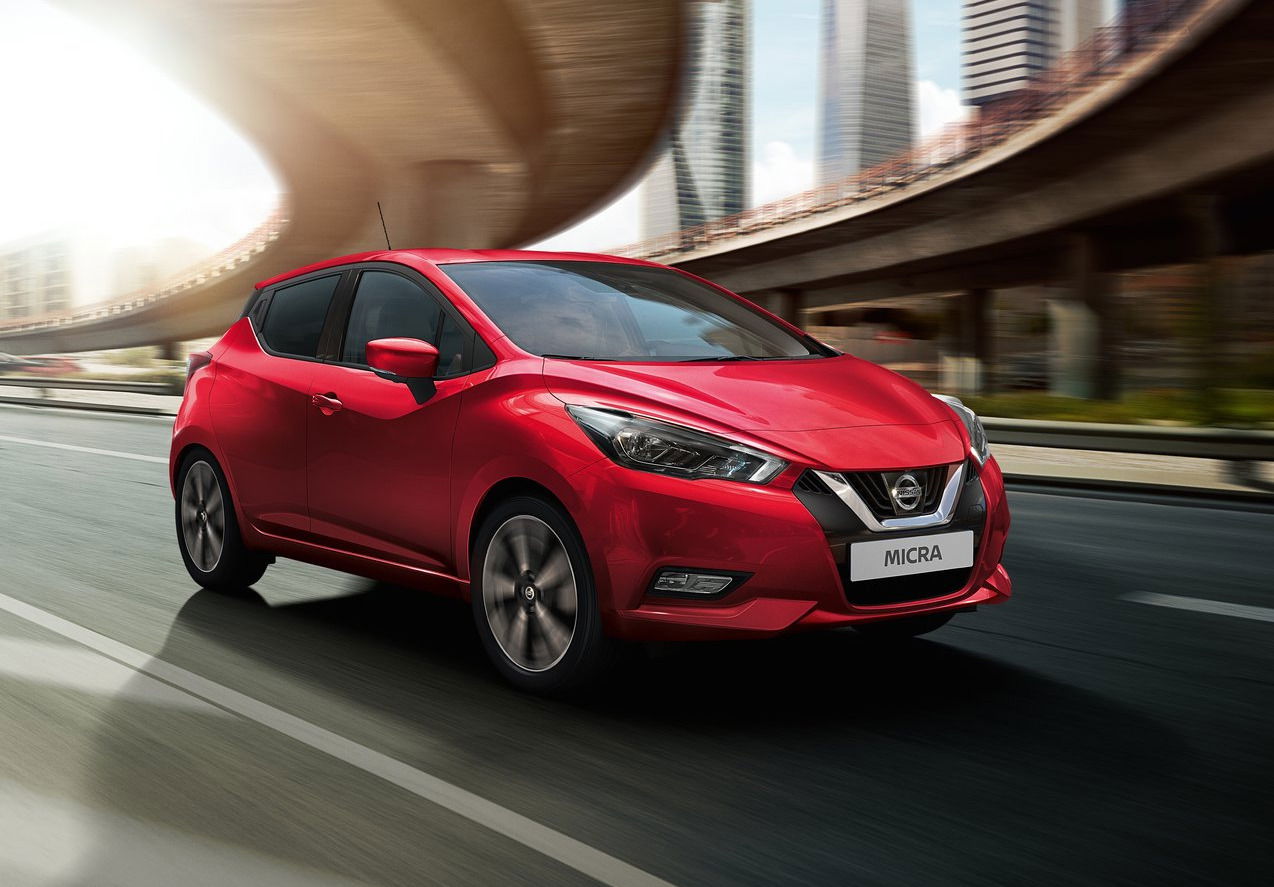
Photo Credit: Nissan.
Despite the Micra’s popularity in regions like Canada, Europe, and Asia, Nissan decided not to bring it to the US due to differences in market demand and safety regulations. Instead, Nissan offers models like the Versa in the US, which cater to similar needs but align better with local preferences.
In any case, the Nissan Micra is a top choice among small automatic transmission cars, offering practicality, efficiency, and quirky styling in a compact package. Its modern design is complemented by a fuel-efficient 1.0L turbocharged engine paired with a CVT automatic transmission, delivering a fuel economy of up to 12 miles/liter (20 km/l).
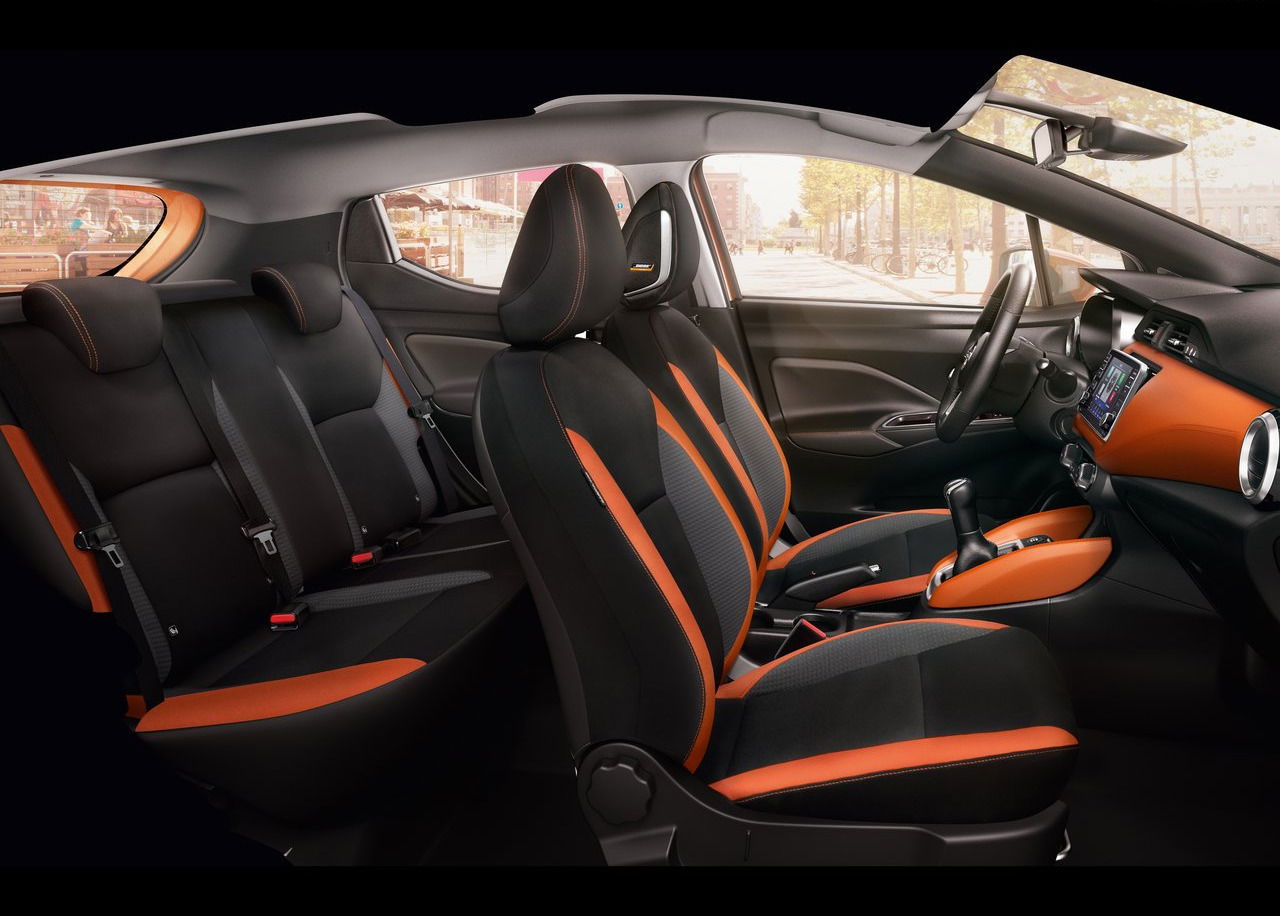
The Micra’s small dimensions make it ideal for city driving, while its lightweight build enhances maneuverability. Inside, it boasts a comfortable and tech-rich cabin featuring a touchscreen infotainment system with Apple CarPlay and Android Auto integration.
Safety features such as automatic emergency braking, lane departure warning, and rear parking sensors ensure peace of mind. After setting the stage for Nissan compacts like the Kicks, Sentra, and Versa, the Micra took a break in 2023, returning for the 2025 model year as an all-electric vehicle.
Sharing its platform with the Renault 5, the comeback kid is designed at Nissan Design Europe in London, with sales expected to begin before the end of the year.
Buying Used Automatic Cars: What To Look For
Consider several factors to ensure you're getting a reliable vehicle when buying used automatic cars. The used car market offers a wide variety of options, but not all used cars are created equal.
Check The Transmission

Photo Credit: Igor Constantino/Unsplash.
Automatic transmissions can be expensive to repair. So, it’s crucial to ensure the transmission is in good condition before forking over your hard-earned money.
Look for smooth shifting between gears and listens for unusual noises like whining or clunking.
Inspect the transmission fluid for proper levels, color (clear red), and smell (free of burning odor).
Examine for leaks, assess vehicle history for past repairs, and ensure no delays or slippage during acceleration or deceleration.
A well-maintained transmission is key to the longevity and performance of an automatic car. Pay attention to any signs of hesitation, jerking, or slipping during acceleration.
If possible, obtain maintenance records from the previous owner to verify that the transmission has been regularly serviced and is in good working condition.
See also:
How Rising Living Costs Are Changing Car Maintenance Habits in Australia, the US, and Canada
Review The Vehicle History
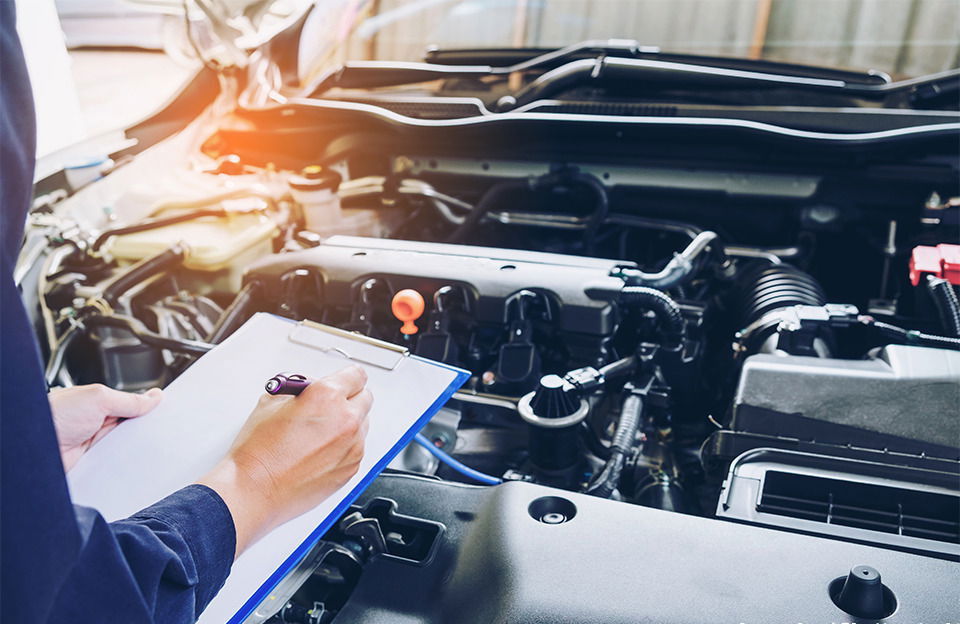
Photo Credit: Joyseulay/Shutterstock.
A comprehensive vehicle history report can reveal past accidents, repairs, and maintenance records. This can help you make an informed decision and avoid cars with hidden issues.
Look for any discrepancies in the report that could indicate potential problems, such as odometer rollbacks or repeated repairs for the same issue.
Additionally, consider obtaining a pre-purchase inspection from a trusted mechanic. They can provide insights into the car's current condition and identify any potential future issues.
Knowing the car's history and current state can give you peace of mind and help you negotiate a fair price.
Consider The Mileage

Photo Credit: Pixabay.
While automatic cars can handle high mileage, lower mileage cars are often more desirable. They tend to have fewer wear-and-tear issues, offering better long-term reliability.
However, mileage alone shouldn't be the sole factor in your decision; the car's overall condition and maintenance history are equally important.
Evaluate the car's service history to ensure it has been well-maintained throughout its life. A car with higher mileage that has been properly cared for can be a better investment than a low-mileage vehicle with a poor maintenance record.
Consider how the car has been used, as highway miles tend to be less taxing on a vehicle than city driving.
Cheapest Second-Hand Automatic Cars
If you're on a tight budget, there are several cheap automatic cars for sale that offer great value.
Fiat 500

Fiat 500e
The Fiat 500 is a gem in the used small automatic car market, blending affordability with charm. Its compact size makes it perfect for city driving, while the Dualogic automatic transmission ensures smooth gear shifts and fuel efficiency, often exceeding 70 MPG.
Powered by a TwinAir turbo engine, it delivers decent performance without compromising economy. Inside, the Fiat 500 offers a stylish cabin with customizable options, including touchscreen infotainment and retro-inspired design.
Safety features like multiple airbags and electronic stability control add to the charm. Used models are highly affordable, with prices starting as low as $2,950 for older versions on TrueCar.
Kia Picanto

2024 Picanto.
Though not offered in North America, the Kia Picanto is worth a mention for offering a lot for its price. The car’s compact size is ideal for city driving, while the 1.2L engine paired with a smooth automatic transmission ensures efficient performance and fuel economy of up to 12 miles/liter (20 km/l).
The Picanto’s interior is surprisingly spacious, featuring modern amenities like a touchscreen infotainment system and advanced safety features such as electronic stability control and multiple airbags.
Kia wisely chose to deny North America the pleasure of this compact city car, focusing instead on models like the Kia Rio and Soul, which better align with American consumer preferences.
The Rio, for example, go for as low as $2,500 in the used market. In any case, the Picanto remains popular in regions including Europe and Asia.
Suzuki Alto

2009 Alto.
The Suzuki Alto was never officially sold in the US market, despite being a popular kei car in Japan and other regions. However, America enjoyed the company of slightly larger Suzuki models like the Swift and SX4.
Indeed, the Swift sold in the US under various names, such as the Chevrolet Sprint and Geo Metro, from 1985 to 2001. The Swift name itself was not widely used in the US market during this time. The good news is you can still find used Geo Metro models in decent condition with a budget way below $10,000.
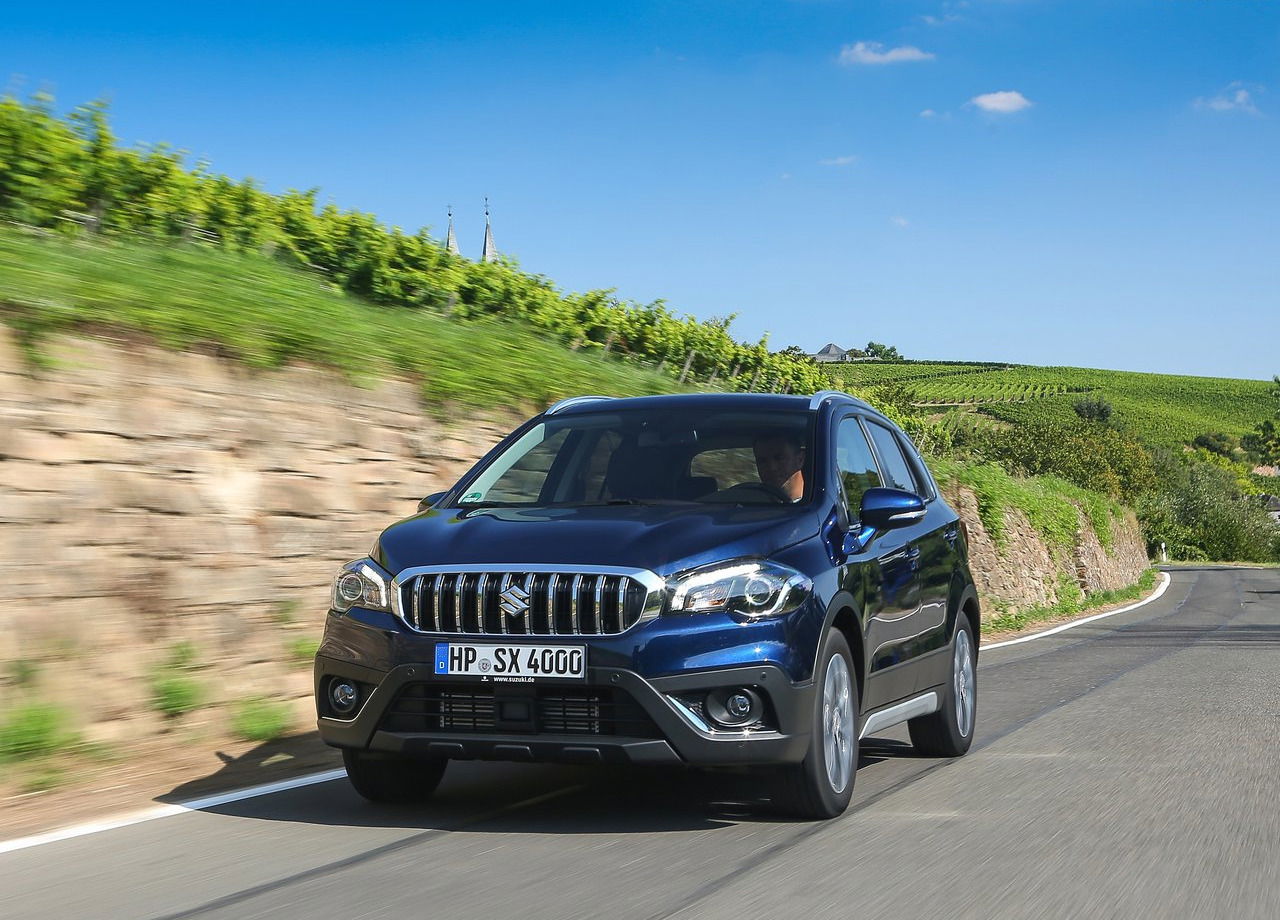
2017 SX4 S-Cross.
As for the Suzuki SX4, it was available in the US from 2006 to 2013, offered as a hatchback and sedan, with options for front-wheel drive or all-wheel drive. While the Japanese marque packed up from America in 2012 due to unfavorable market complexities, the SX4 can still be found in the used market for less than $5,000.
In any case, the Suzuki Alto is known for its simplicity and efficiency. It's one of the cheapest automatic cars money can buy, offering a no-frills approach to driving that doesn't sacrifice reliability.
Its low running costs and excellent fuel economy make it a practical choice for those comfortable with a reliable car without the bells and whistles.
Volkswagen Golf
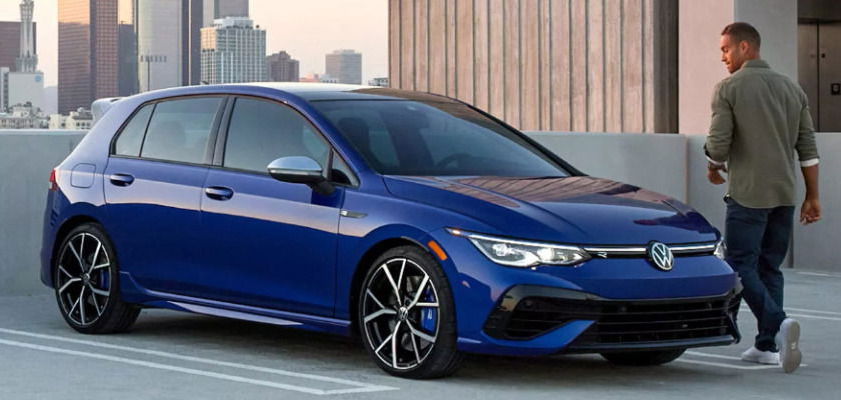
2023 Golf R.
The Volkswagen Golf blends performance, reliability, and affordability. Its DSG automatic transmission ensures smooth gear shifts and responsive handling, making it ideal for both city and highway driving.
Powered by efficient engines, such as the 1.4L TSI, the Golf delivers excellent fuel economy, often exceeding 40 MPG. Inside, it boasts a spacious and high-quality cabin with advanced features like touchscreen infotainment and driver-assistance systems.
Used models are widely available, with prices starting as low as $4,500 for older versions listed on TrueCar. The Golf’s durability, low maintenance costs, and timeless design make it a top choice for budget-conscious drivers seeking a dependable and versatile small car.
Tips for Buying a Used Automatic Car
Set A Budget
Set a clear budget before you even start shopping. This will help you narrow down your options and prevent overspending. Consider additional costs such as insurance, taxes, and maintenance when setting your budget to ensure you have a realistic understanding of the total cost of ownership.
Having a budget in place also allows you to focus on finding a car that offers the best value for your money. It can be tempting to stretch your budget for a car with more features, but staying within your financial limits will help prevent buyer's remorse and ensure you can comfortably afford your new vehicle.
Test Drive
Never skip a test drive. It's essential to inspect the transmission and ensure the car feels right and operates smoothly. Pay attention to how the transmission performs and listen for any unusual sounds. A test drive can reveal issues that aren't immediately apparent, giving you a better understanding of the car's condition.
Take the car on a route that includes a variety of driving conditions, such as city streets, highways, and hills. This will give you a more comprehensive view of how the car handles different scenarios. Don't hesitate to test all the car's features, from the air conditioning to the infotainment system, to ensure everything is in working order.
Inspect The Car
Have a professional mechanic inspect the car before purchasing. They can identify potential issues that may not be immediately apparent. A thorough inspection can save you from costly repairs and provide leverage for negotiating a better price.
During the inspection, ask the mechanic to focus on critical components like the transmission, brakes, and suspension. This will give you a clearer picture of the car's condition and any potential future expenses. If the seller is reluctant to allow an inspection, consider it a red flag and proceed with caution.
Negotiate The Price
Don't be afraid to negotiate. Sellers often have some flexibility in their pricing, especially if the car has been on the market for a while. Use any issues uncovered during the inspection or discrepancies in the vehicle history report as bargaining chips to lower the price.
Research the market value of similar vehicles to ensure you're getting a fair deal. Being well-informed about the car's worth will give you confidence during negotiations and help you avoid overpaying.
Remember, negotiation is a normal part of the car-buying process, and it's in your best interest to secure the best possible deal.